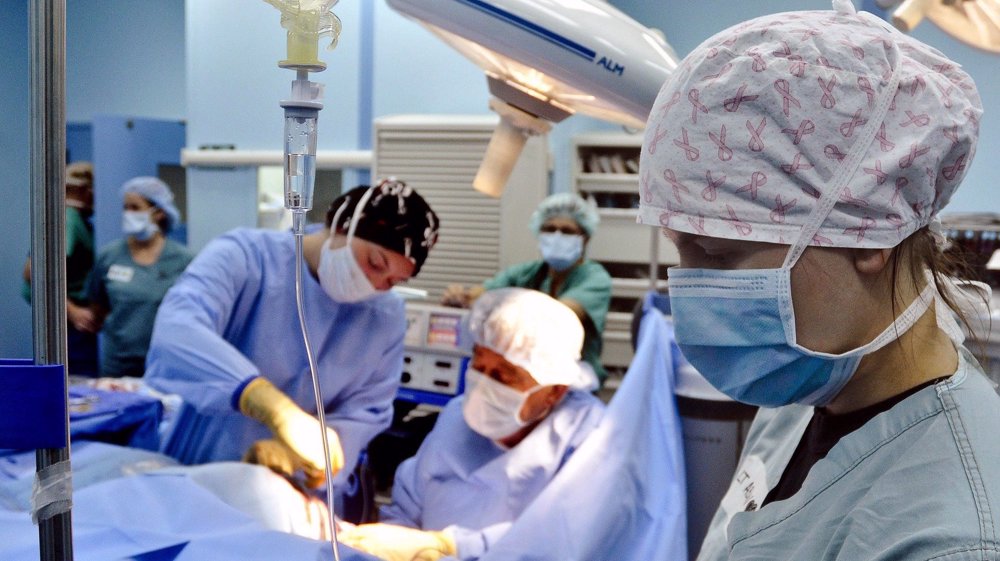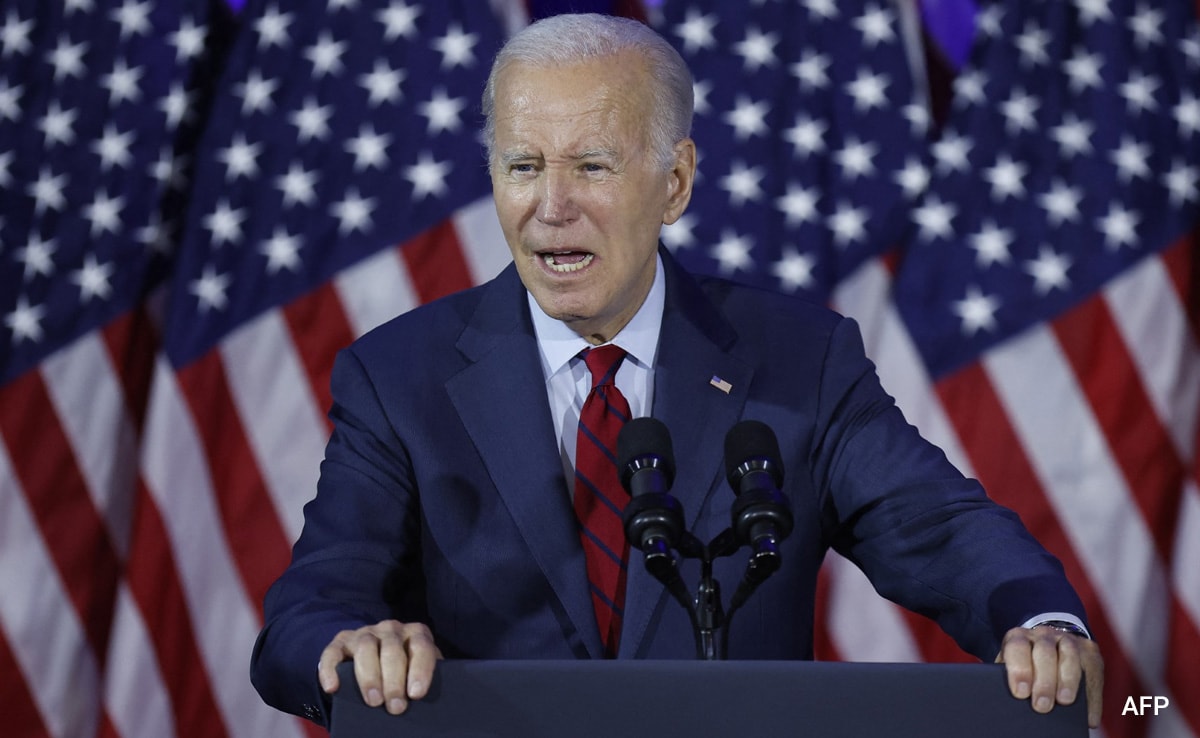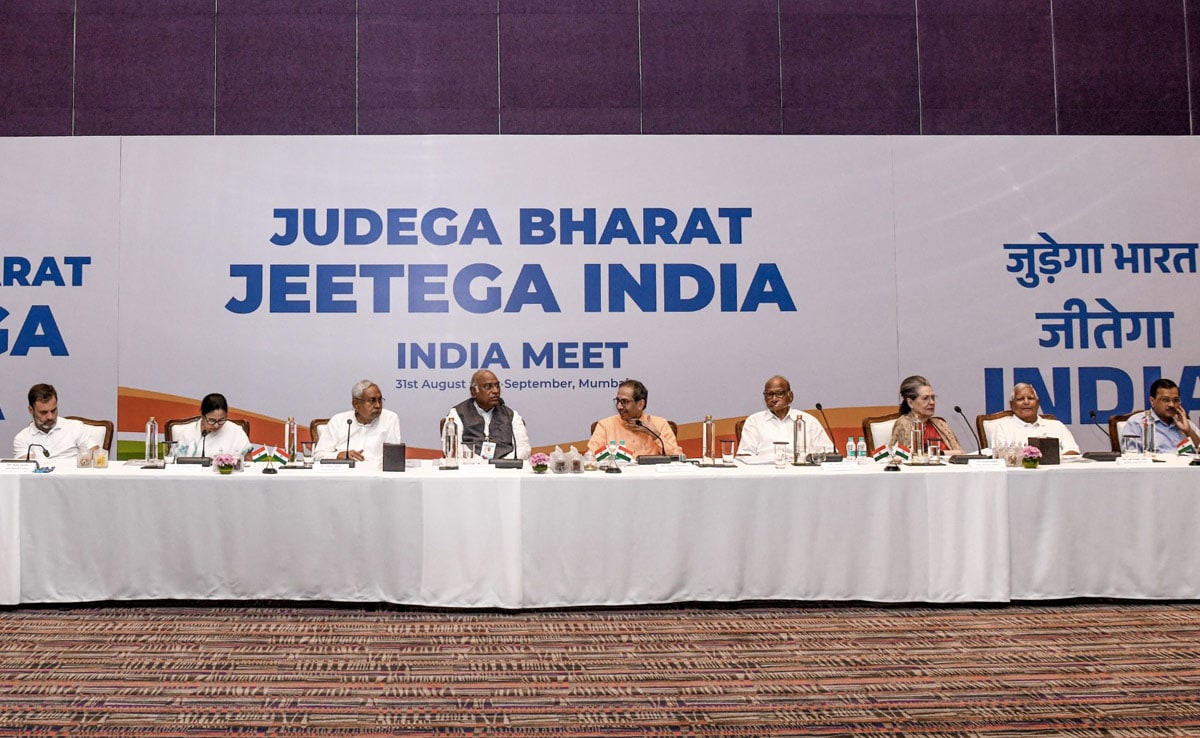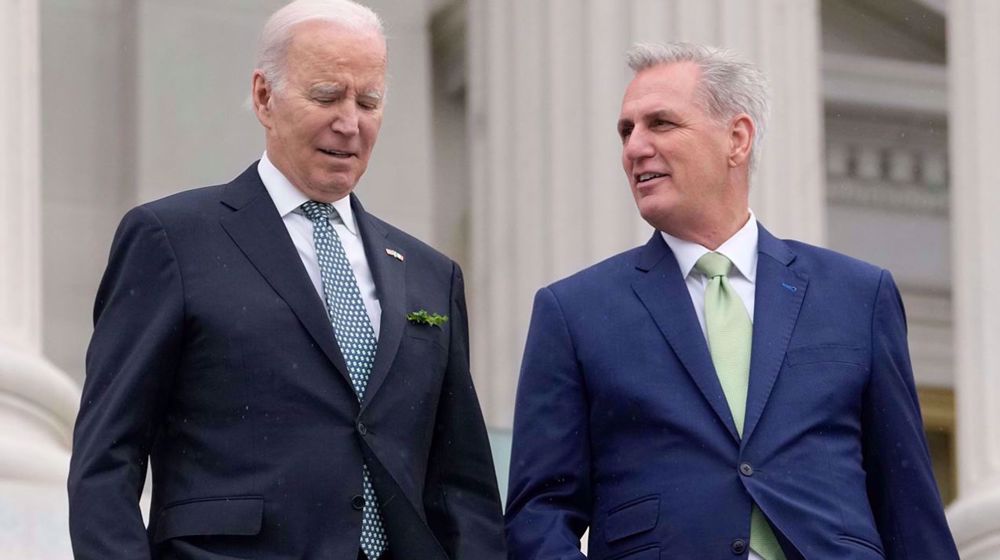Both monetary and fiscal policy must work in tandem to contain the inflationary spiral with timely supply-side interventions to ‘limit the severity and duration of such shocks’
Published Date – 11:45 PM, Tue – 12 September 23

By Dr Manorajan Sharma
The global situation is challenging because of shifting global trade dynamics, incipient global demand, commodity price fluctuations, pandemic recovery and geopolitics. Geopolitics is marked by high inflation, deteriorating financial conditions, the Russia-Ukraine war and growing economic fragmentation. The financial system is constrained by higher inflation, rising interest rates and stress in financial markets.
The World Economic Outlook (WEO), July 2023, predicts global growth to fall from an estimated 3.5% in 2022 to 3% in both 2023 and 2024, while global headline inflation is expected to fall from 8.7% in 2022 to 6.8% in 2023 and 5.2% in 2024. China’s central bank cut the one-year loan rate by 15 bps to 2.5%, which was followed by July 2023 data — weak consumer spending, declining investment and increasing unemployment. Further, Russia’s central bank hiked its major interest rate from 8.5% to 12% after the rouble crashed to an over 16-month low against the dollar.
World Economies
The Fed Reserve hiked its key policy rate by 25 bps to 5.25% on July 26. Bank of England also raised its key rate for the 14th time by 25 bps on August 3 to check its stubbornly high inflation.
The US inflation reduced from 4% in May 2023 to 3% in June 2023. UK inflation also decreased to 7.9% in June 2023 from 8.7% in May 2023. However, inflation in Japan increased slightly from 3.2% in May to 3.3% in June 2023. Hence, global stock markets and overseas investments across geographies are vulnerable to policy change-led volatility exacerbating market risks.
The US economy is confronted with a challenge “unlike any other” with the Fed facing the largest chasm between inflation and the target federal funds rate since March 2022. Despite the highest interest rate post-January 2001, the unemployment rate remains stable and low.
On the other hand, there has been a steady deceleration in the Chinese economy, particularly a triple whammy of a worsening property slump, weak consumer spending and tumbling credit growth. The People’s Bank of China (PBC) attempted to stimulate credit demand. It, however, kept the five-year rate unchanged amid broader depreciating currency concerns.
Macroeconomic Backdrop
With improved crop sowing, uneven monsoon, good industrial growth, healthy balance sheets of banks and corporates, supply chain normalisation, buoyant services activity, buoyant aggregate demand, rising investment, and a 2% current account deficit (CAD), India”s real GDP growth for 2023-24 is 6.5%. This marks a paradigm shift from a twin balance sheet problem to a twin balance sheet advantage.
Despite July CPI inflation rising to 7.44%, weak global demand, volatile global financial markets, geopolitical tensions and geo-economics fragmentations, India is one of the fastest growing economies. The RBI’s forward-looking surveys reveal that economic growth will be sustained until FY25 with the real Gross Fixed Capital Formation rising to 7.4% in FY25 from 6.8% in FY24.
Banking Landscape RBI’s Financial Stability Report shows that greater recovery post the enactment of the IBC, 2016, and rejigging of loan portfolio from corporate loans to personal loans led to gross non-performing assets (GNPAs) and net NPAs declining to 3.9% and 1%, respectively in March 2023, the lowest since 2015. Similarly, return on assets (RoA) rose steeply from a negative 0.2% in 2018 to a healthy 1.1% in 2023.
Public sector banks performed remarkably well with a profit of Rs 34,774 crore for Q1 of FY24. Resuscitating measures included the 4R’s strategy of recognition, resolution, recapitalisation and reforms. Banks recovered bad loans worth over Rs 8.6 lakh crore in the last eight years. With credit discipline, responsible lending and improved governance, there has been greater technology adoption and consolidation of banks. Bank loans rose 16.3% in June. Retail loan growth of over 20% raises concerns about concentration risk and higher sectoral NPAs. But with growth in bank credit, low NPAs and adequate capital and liquidity buffers, the Indian financial sector is stable and resilient.
No Generalised Inflation
Higher July food inflation stemmed not wholly (eg, increase in prices of cereals and pulses) but largely from tomato price increases. Tomato-price surges were largely attributable to monsoon anomalies. Crude oil prices also exceeded $80 a barrel. Inflation, excluding food and fuel, however, softened by 100 bps from its recent peak in January 2023.
Shortly after the policy announcement, CPI inflation in India reached a 15-month high of 7.44% and breached the RBI’s 6% upper limit for the first time since October 2022 because of both seasonal (prices of vegetables, particularly tomatoes) and structural inflation (inelastic demand for cereals despite changing weather patterns, lower production and higher distribution of cereals, declining government’s cereal stocks). Uncertainties making for an elevated near-term inflation outlook also stem from El Niño conditions, global food prices and crude oil prices raising annual inflation projection to 5.4% with price rise set to exceed 5% for the rest of the year.
Annual retail inflation would, however, be contained within the RBI’s upper threshold level of 6% because of the lagged monetary policy transmission of a cumulative rate hike of 250 bps effected by the MPC in six instances since May 2022, resilience in local manufacturing and services activity and a broad-based decline in food, energy and core inflation, excluding food and fuel. But things could get worse before they get any better with there being some near-term blips before inflation reaches the midpoint target of 4% by Q2 of FY25. Both monetary and fiscal policy must work in tandem to contain the inflationary spiral with timely supply-side interventions to ‘limit the severity and duration of such shocks’.
Developmental measures
Widened options in payment systems, creation of a digital public tech platform and a transparent framework for External Benchmarks Lending Rate make an efficient and effective market microstructure. Changed UPI payments, allowing offline payments using near-field communication and increased payment limit via UPI Lite from Rs 200 to Rs 500 and proposed framework for the transparent reset of home loan rates and EMIs are welcome. RBI’s data-driven and evidence-based policy could be hit by rising crude prices, inflation trajectory and geopolitical dynamics, including the Fed’s stance. Policy rates could stay higher till early FY25.




















